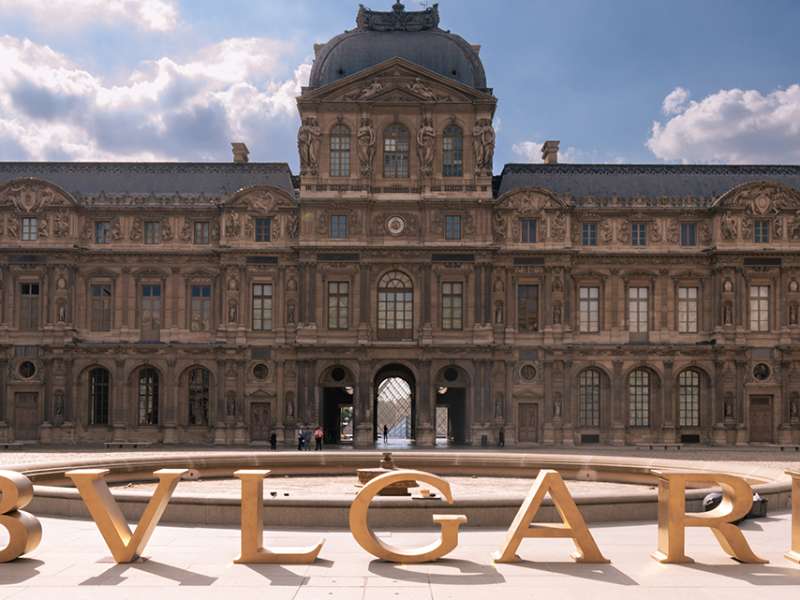Jalan Goa Lempeh, Banjar Dinas Kangin Uluwatu, Bali +62 361 3001000 or +62 361 8471000
Jalan Goa Lempeh, Banjar Dinas Kangin Uluwatu, Bali +62 361 3001000 or +62 361 8471000
If you are in Bali during the Galungan ceremony, you will surely see along the roadsides particular structures rising upwards, with decorations hanging from their curved tops. They are the penjor, bamboo poles 5 to 10 meters high, a religious symbol that is hoisted near every house, whose curve recalls Mount Agung. Balinese people usually prepare a penjor two days before Galungan (Balinese holiday celebrating the victory of good over evil), although some prepare it a week earlier. Symbol of the generosity of the Earth and expression of gratitude for all that is good in Nature, this structure can however also only have a decorative function so it is not strange to be able to admire it all year round. Every single element of a penjor has a symbolism according to very specific patterns. Bamboo is linked to creation, while coconut leaves symbolize the lush vegetation of the Earth. Other decorations include symbolic materials such as the roots of pala bungkah (sweet potato), pala gantung (cucumber, orange, banana), pala wija (rice, corn), plawa (leaves), small cakes and coconut, representing nature's bounty. At the base of the penjor there is a small shrine decorated with a lamak (a rectangular mat woven from palm leaves) where the Balinese place offerings.

Last night, Bvlgari celebrated the launch of Masterpieces from the Torlonia Collection, a new exhibit at the Louvre. As a supporter of the Torlonia collection since 2017, Bvlgari hosted the opening event, welcoming some 100 guests to the Louvre for cocktails, a private tour of the show and musical performances. The largest private collection of ...